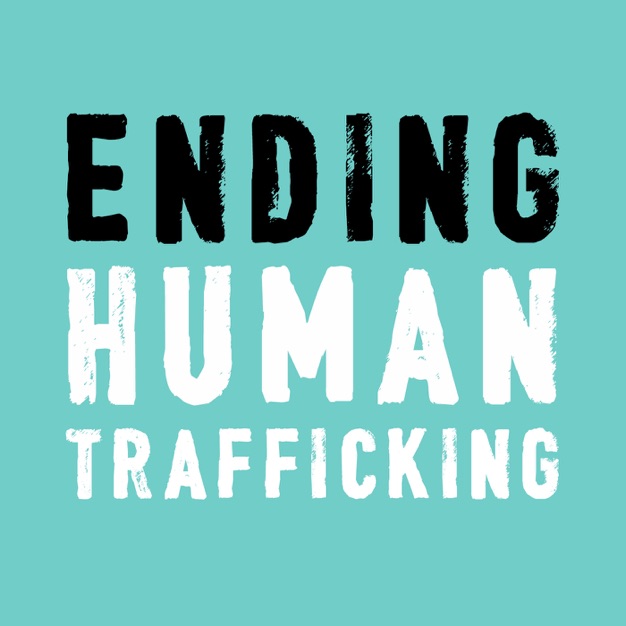
Ending Human Trafficking Podcast
Sandra Morgan & Dave Stachowiak
This biweekly podcast will challenge you to study the issues related to human trafficking, become an educated voice in understanding this global problem, and ultimately make a difference in helping bring it to an end. Sandra Morgan, Director of the Global Center for Women and Justice at Vanguard University of Southern California and Dave Stachowiak, Board Member of the Center, explore issues in each episode that will help educate you to be a helpful voice in ending human trafficking.
- More Episodes? Get the App
Your feedback is valuable to us. Should you encounter any bugs, glitches, lack of functionality or other problems, please email us on [email protected] or join Moon.FM Telegram Group where you can talk directly to the dev team who are happy to answer any queries.